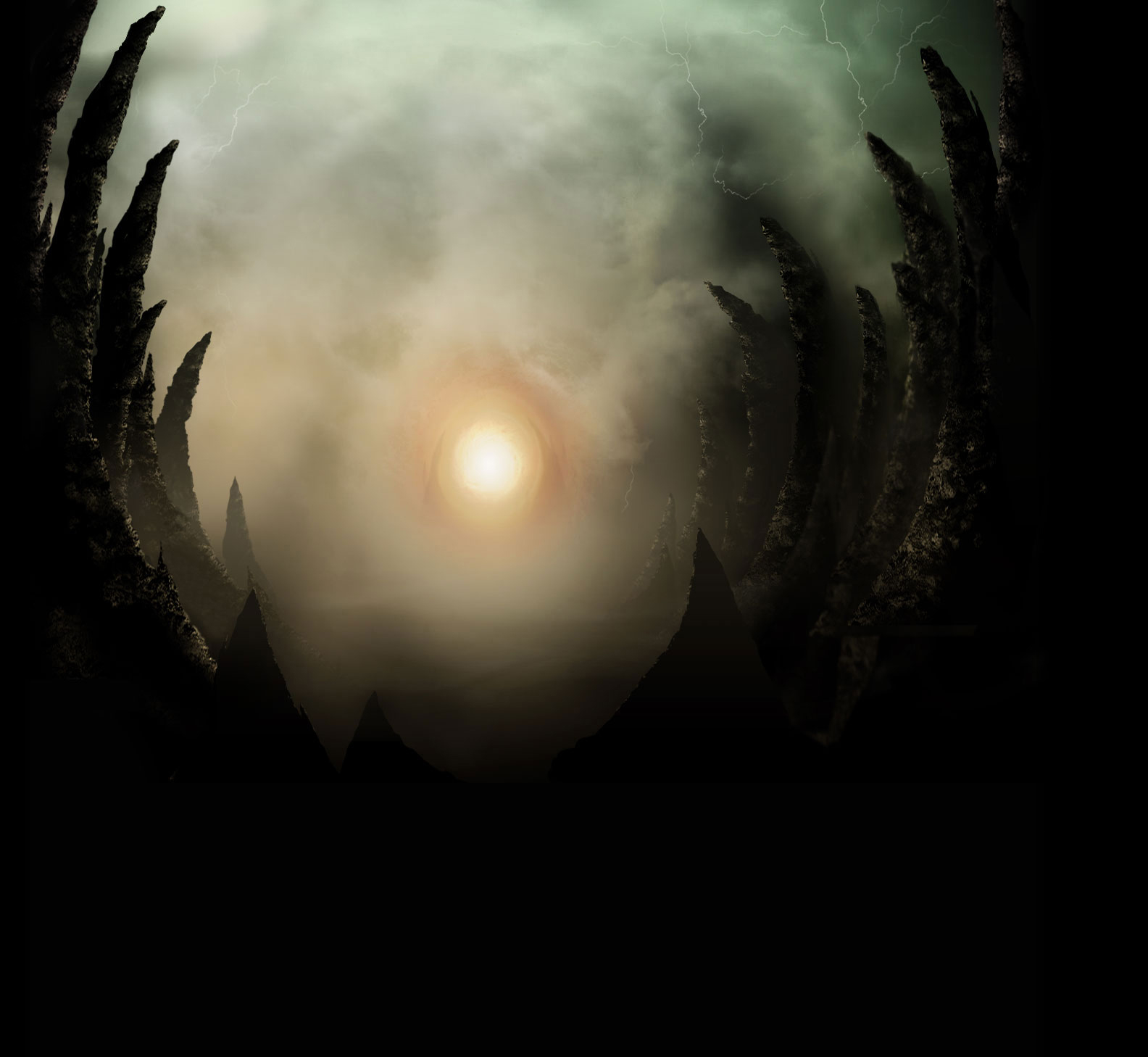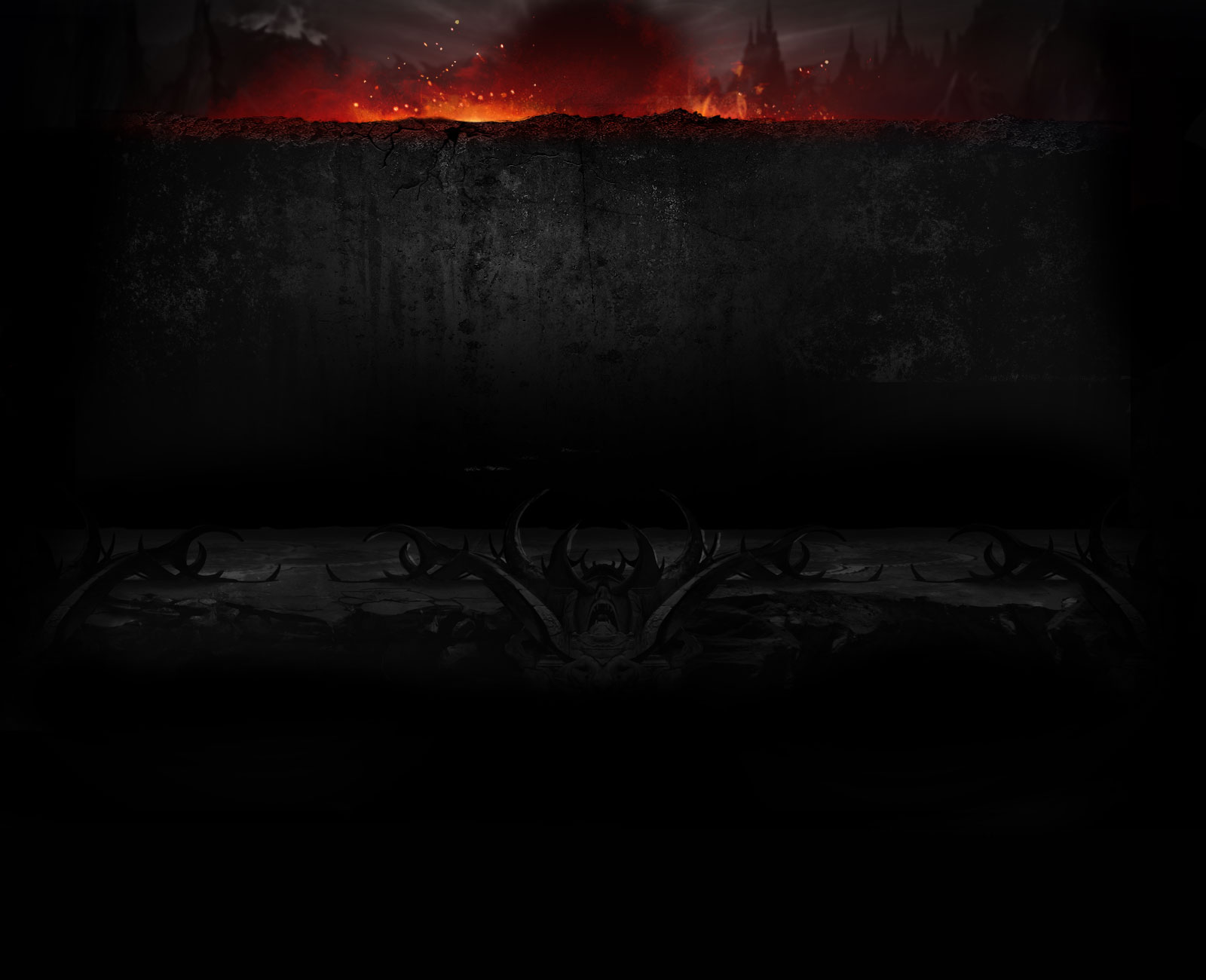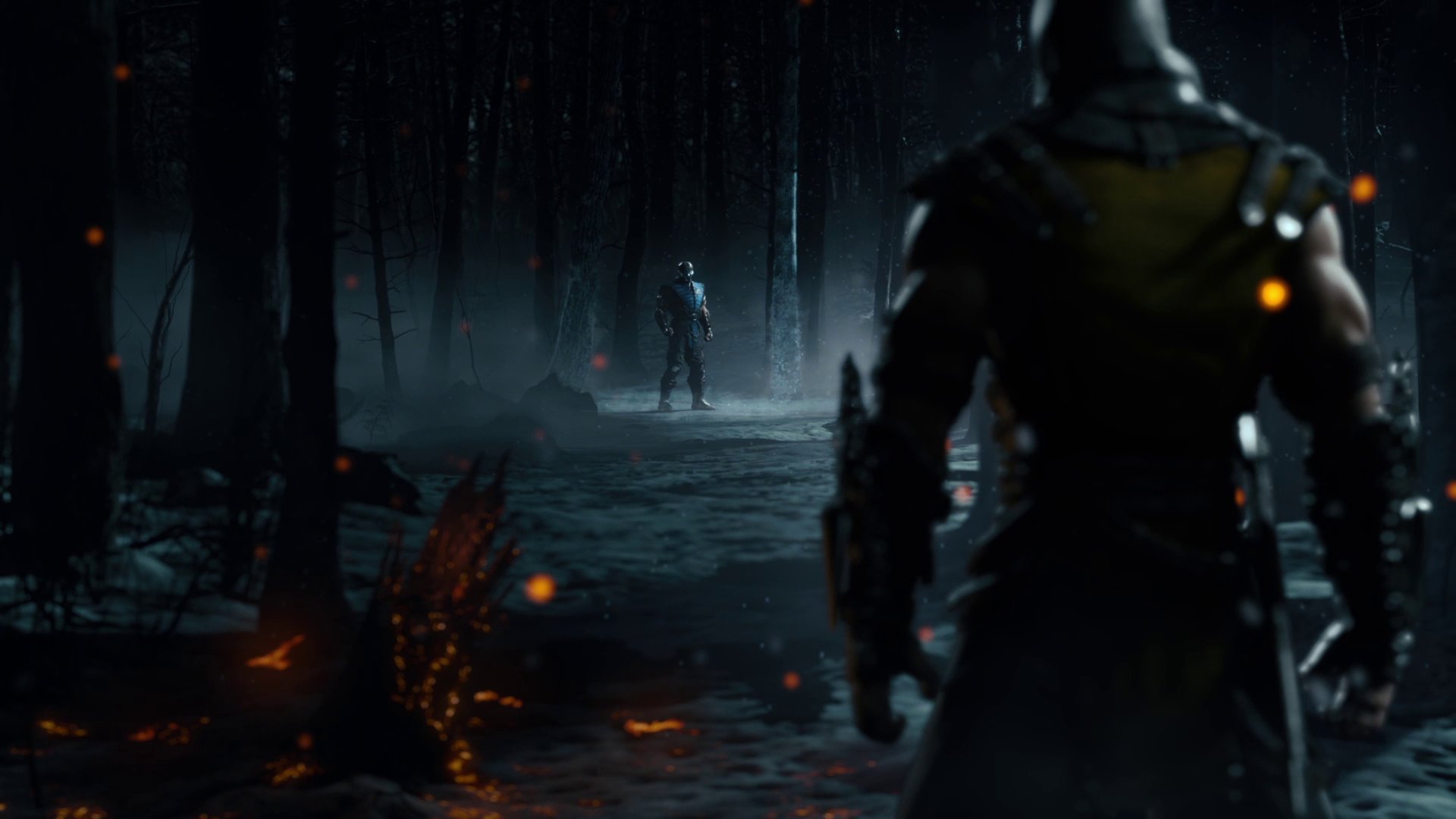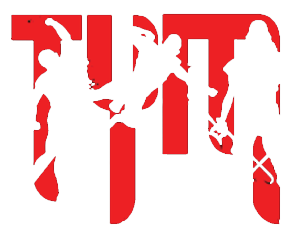Pig Of The Hut
Day 0 Phenomenal Dr. Fate and Darkseid player
Guys its grown apparent to me that not many of you understand what Pre Alpha Demo means. I cant explain how annoying it is to read people bitching about combo damage in the game so far and other nagging remarks. Thats like me making a "pre alpha" recording in a studio of a new song and someone hears it and says "HOLY SHIT THAT GUITAR @ 2:14 IS WAY TOO LOUD, THIS SONG IS BROKEN"
.........Dumb
So allow yourself some time to read the below information explaining the steps of game development and what it all entails before ever responding to CD jr and J360 reports. Be educated before you say stupid comments like "OMG ITS NOT BALANCED, CYBORG IS BROKEN!!!!!"
First playable
The first playable is the game version containing representative gameplay and assets,[134] this is the first version with functional major gameplay elements[135]. It is often based on the prototype created in pre-production.[136] Alpha and first playable are sometimes used to refer to a single milestone, however large projects require first playable before feature complete alpha.[135] First playable occurs 12 to 18 months before code release. It is sometimes referred to as the "Pre-Alpha" stage.[138]
Alpha
See also: Alpha release
Alpha is the stage when key gameplay functionality is implemented, and assets are partially finished.[138] A game in alpha is feature complete, that is, game is playable and contains all the major features.[139] These features may be further revised based on testing and feedback.[138] Additional small, new features may be added, similarly planned, but unimplemented features may be dropped.[139] Programmers focus mainly on finishing the codebase, rather than implementing additions.[137] Alpha occurs eight to ten months before code release.[138]
Code freeze
Code freeze is the stage when new code is no longer added to the game and only bugs are being corrected. Code freeze occurs three to four months before code release.[138]
Beta
See also: Beta release
Beta is feature and asset complete version of the game, when only bugs are being fixed.[137][138] This version contains no bugs that prevent the game from being shippable.[137] No changes are made to the game features, assets, or code. Beta occurs two to three months before code release.[138]
Code release
Code release is the stage when all bugs are fixed and game is ready to be shipped or submitted for console manufacturer review. This version is tested against QA test plan. First code release candidate is usually ready three to four weeks before code release.[138]
Gold master
See also: Release to manufacturing
Gold master is the final game's build that is used as a master for production of the game.[140]
Crunch time
Overtime is expected in the games industry.[141] Particularly, crunch time or crunch mode[142] is unpaid overtime requested by many companies to meet project deadlines and milestones[143] that negatively affects game developers.[144] A team missing a deadline risks the danger of having the project cancelled[145] or employees being laid off.[144] Although many companies are reducing the amount of crunch time,[141] it is still prominent in smaller companies.[146]
Many companies offer time-off, called comp time or extra paid time off after product ships to compensate for crunch time's negative effects. Some companies offer bonuses and financial rewards for successful milestone reach.[147] Sometimes on-site crunch meals are offered and delivered to the team during crunch time.[142]
The International Game Developers Association (IGDA) surveyed nearly 1,000 game developers in 2004 and produced a report to highlight the many problems caused by bad practice.[r 9]
Post-production
After the game goes gold and ships, some developers will give team members comp time (perhaps up to a week or two) to compensate for the overtime put in to complete the game, though this compensation is not standard.
Maintenance
Once a game ships, the maintenance phase for the video game begins.[148]
Games developed for video game consoles have had almost no maintenance period in the past. The shipped game would forever house as many bugs and features as when released. This was the norm for consoles since all consoles had identical or nearly identical hardware. In this case, maintenance would only occur in the case of a port, sequel, or enhanced remake that reuses a large portion of the engine and assets.
In recent times popularity of online console games has grown, and online capable video game consoles and online services such as Xbox Live for the Xbox have developed. Developers can maintain their software through downloadable patches. These changes would not have been possible in the past without the widespread availability of the Internet.
The PC development is different. Game developers try to account for majority of configurations and hardware. However, the number of possible configurations of hardware and software inevitably leads to discovery of game-breaking circumstances that the programmers and testers didn't account for.
Programmers wait for a period to get as many bug reports as possible. Once the developer thinks they've obtained enough feedback, the programmers start working on a patch. The patch may take weeks or months to develop, but it's intended to fix most accounted bugs and problems with the game that we're overlooked past code release, or in rare cases, fix unintended problems caused by previous patches. Occasionally a patch may include extra features or content or may even alter gameplay.
In the case of a massively multiplayer online game (MMOG), such as a MMORPG or MMORTS, the shipment of the game is the starting phase of maintenance.[148] Such online games are in continuous maintenance as the gameworld is continuously changed and iterated and new features are added. The maintenance staff for a popular MMOG can number in the dozens, sometimes including members of the original programming team.
.........Dumb
So allow yourself some time to read the below information explaining the steps of game development and what it all entails before ever responding to CD jr and J360 reports. Be educated before you say stupid comments like "OMG ITS NOT BALANCED, CYBORG IS BROKEN!!!!!"
First playable
The first playable is the game version containing representative gameplay and assets,[134] this is the first version with functional major gameplay elements[135]. It is often based on the prototype created in pre-production.[136] Alpha and first playable are sometimes used to refer to a single milestone, however large projects require first playable before feature complete alpha.[135] First playable occurs 12 to 18 months before code release. It is sometimes referred to as the "Pre-Alpha" stage.[138]
Alpha
See also: Alpha release
Alpha is the stage when key gameplay functionality is implemented, and assets are partially finished.[138] A game in alpha is feature complete, that is, game is playable and contains all the major features.[139] These features may be further revised based on testing and feedback.[138] Additional small, new features may be added, similarly planned, but unimplemented features may be dropped.[139] Programmers focus mainly on finishing the codebase, rather than implementing additions.[137] Alpha occurs eight to ten months before code release.[138]
Code freeze
Code freeze is the stage when new code is no longer added to the game and only bugs are being corrected. Code freeze occurs three to four months before code release.[138]
Beta
See also: Beta release
Beta is feature and asset complete version of the game, when only bugs are being fixed.[137][138] This version contains no bugs that prevent the game from being shippable.[137] No changes are made to the game features, assets, or code. Beta occurs two to three months before code release.[138]
Code release
Code release is the stage when all bugs are fixed and game is ready to be shipped or submitted for console manufacturer review. This version is tested against QA test plan. First code release candidate is usually ready three to four weeks before code release.[138]
Gold master
See also: Release to manufacturing
Gold master is the final game's build that is used as a master for production of the game.[140]
Crunch time
Overtime is expected in the games industry.[141] Particularly, crunch time or crunch mode[142] is unpaid overtime requested by many companies to meet project deadlines and milestones[143] that negatively affects game developers.[144] A team missing a deadline risks the danger of having the project cancelled[145] or employees being laid off.[144] Although many companies are reducing the amount of crunch time,[141] it is still prominent in smaller companies.[146]
Many companies offer time-off, called comp time or extra paid time off after product ships to compensate for crunch time's negative effects. Some companies offer bonuses and financial rewards for successful milestone reach.[147] Sometimes on-site crunch meals are offered and delivered to the team during crunch time.[142]
The International Game Developers Association (IGDA) surveyed nearly 1,000 game developers in 2004 and produced a report to highlight the many problems caused by bad practice.[r 9]
Post-production
After the game goes gold and ships, some developers will give team members comp time (perhaps up to a week or two) to compensate for the overtime put in to complete the game, though this compensation is not standard.
Maintenance
Once a game ships, the maintenance phase for the video game begins.[148]
Games developed for video game consoles have had almost no maintenance period in the past. The shipped game would forever house as many bugs and features as when released. This was the norm for consoles since all consoles had identical or nearly identical hardware. In this case, maintenance would only occur in the case of a port, sequel, or enhanced remake that reuses a large portion of the engine and assets.
In recent times popularity of online console games has grown, and online capable video game consoles and online services such as Xbox Live for the Xbox have developed. Developers can maintain their software through downloadable patches. These changes would not have been possible in the past without the widespread availability of the Internet.
The PC development is different. Game developers try to account for majority of configurations and hardware. However, the number of possible configurations of hardware and software inevitably leads to discovery of game-breaking circumstances that the programmers and testers didn't account for.
Programmers wait for a period to get as many bug reports as possible. Once the developer thinks they've obtained enough feedback, the programmers start working on a patch. The patch may take weeks or months to develop, but it's intended to fix most accounted bugs and problems with the game that we're overlooked past code release, or in rare cases, fix unintended problems caused by previous patches. Occasionally a patch may include extra features or content or may even alter gameplay.
In the case of a massively multiplayer online game (MMOG), such as a MMORPG or MMORTS, the shipment of the game is the starting phase of maintenance.[148] Such online games are in continuous maintenance as the gameworld is continuously changed and iterated and new features are added. The maintenance staff for a popular MMOG can number in the dozens, sometimes including members of the original programming team.






